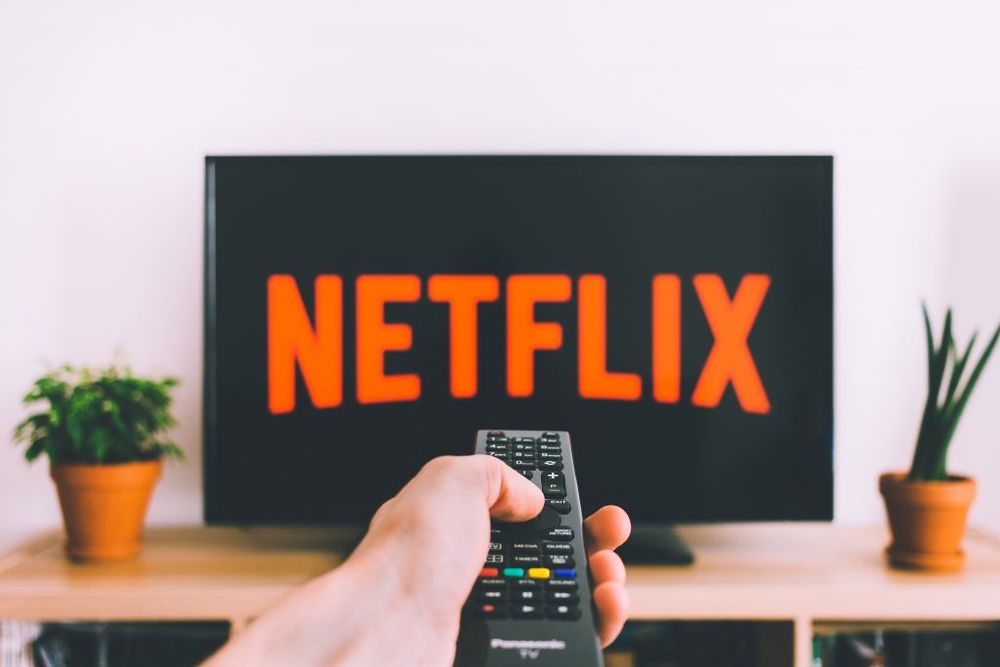Netflix made use of all these buildings blocks to grow exponentially, but there are two things particularly interesting to point out.
Cannibalize your own business model.
One of the most important reasons that Netflix became an exponential business model is that the founders had the ability to look as an outsider at their business model. They were never happy with the way the business model was at a given time but were always looking where the market was headed in 5 to 10 years. They combined several building blocks for exponential growth by always looking for new ways to solve problems for many customers, to do this with digitalized services (an info based offering) by using a lean approach.
For example, Netflix accepted already in 2007 that the DVD rental business was not profitable enough anymore. They understood that people not only want to rent videos but also want to pay for a large and user-friendly offering, for the comfort of ordering a video from your couch and for no hassle with returning videos. They foresaw the change, used their IT-background to create fitting digital solutions and rolled it out in a lean way.
Also, apart from being one of the pioneers of the industry with their subscription model, the value proposition is yet another element which helped this particular service to become as popular as it is today. In fact, there are a total of four elements that are making all the difference.
Affordable price (every fourth household in the US has a Netflix subscription, that’s why they can sell so cheap).
Accessibility (on all devices, when and where you want).
Original content (invest in own shows, based on the analysis of their own customer data).
Large amount of high quality content in many different genres.
Netflix combined several building blocks to create an exponential business model. They kept and keep changing the components that needed to change in order to grow exponentially.
Using building block 7: Netflix’s algorithm.
The seventh building block of creating an exponential business, Algorithm to the core, is one that Netflix has played out perfectly. Netflix started with a basic rating system, based on Big Data and completely based on how good or bad a particular movie or show had been rated. These ratings were based on number of views, customer feedback, if videos were watched until the end and even IMDB ratings.
When Netflix evolved their business model, an important part of this was to gain more insight into their customers’ preferences and create a community of fans with fitting content for everyone, at any time. They evolved their algorithm to an open source initiative because they understood that with more data and the technological knowledge of more people, the Netflix experience would become much better. Already in September 2009, a prize of $1M (called The Netflix Prize) was awarded to team ‘BellKor’s Pragmatic Chaos' for improving Netflix’s recommendation model.
In 2013, Netflix started to develop their own production and shows, based on the analysis of their own customers’ data. This way, Netflix understood way better than their competitors what their customers would like next and acted upon this. House of Cards was the first big Netflix Original that was made this way. Where studios were only wanting to make a pilot, Netflix already knew based on their data, that this series would become a hit and immediately signed up for two seasons!
They currently make use of and contribute to a large number of open source technologies and even have their own Open Source Software Center. In 2017, Netflix open sourced Vectorflow in 2017, which is a deep learning library.
All these elements above were combined and led to the current business model of Netflix.





